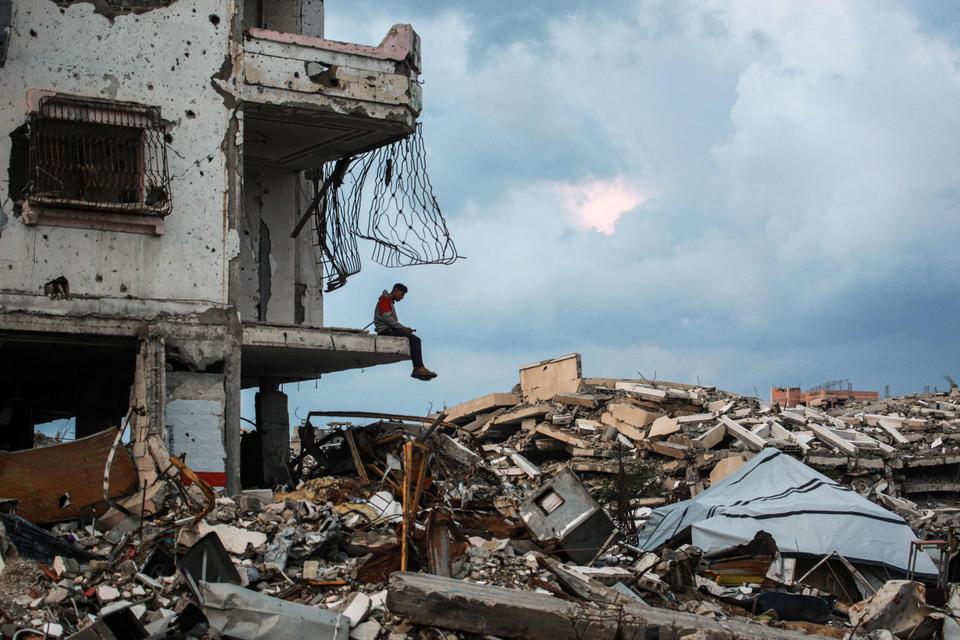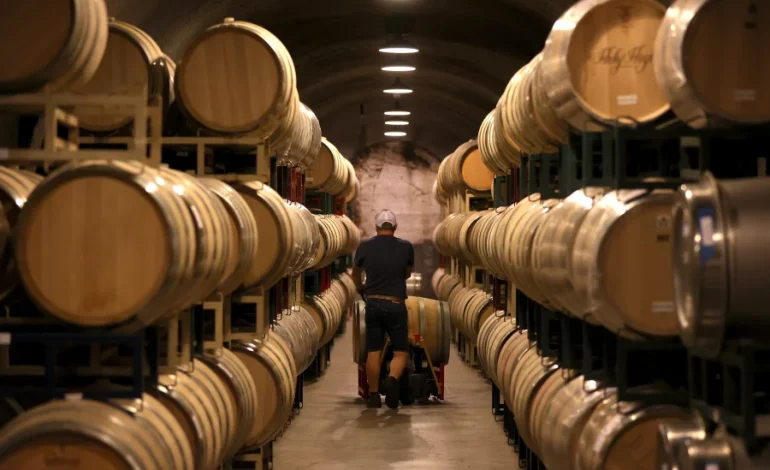American winemakers are facing a bitter reality as tariffs on foreign goods continue to affect their industry.
While some had hoped the Trump administration’s tariffs on European Union products would offer a competitive advantage for US wines, many producers are finding the situation far less beneficial than anticipated. Rather than enjoying a boost, winemakers are grappling with rising costs on crucial production materials and facing uncertain market conditions.
With the introduction of tariffs on European imports, US-made wines could potentially become more affordable compared to foreign options such as Italian prosecco and French champagne. This scenario is often cited by tariff proponents, who argue that protective measures help domestic industries. However, many American winemakers have voiced concerns about the unexpected side effects of the trade policies.
Adolfo Hernandez, owner of Monroy Wines in Sonoma County, California, expressed his frustration:
“To me, it’s awful. There’s no upside.”
His sentiment is shared by numerous winemakers across the country who face rising costs on critical components used in wine production.
A significant challenge posed by the tariffs is the increase in prices for intermediate goods required to make wine. Essential supplies like glass bottles, corks, and oak barrels, many of which are sourced from Europe or Asia, are subject to tariffs that could drastically increase production costs.
Glass bottles, often sourced from China, face tariffs of up to 145%. Other winemakers, such as Ken Freeman of Freeman Vineyard & Winery in Sonoma, are concerned about the potential price hikes:
“Our costs are gonna go up,” he said.
Similarly, many wineries rely on corks from Portugal and Spain, which are also impacted by the tariffs.
Perhaps the most significant concern for winemakers is the cost of oak barrels, particularly French oak, which is highly sought after for its contribution to wine aging. The price of French oak barrels can exceed $1,000 each, and many small producers worry that tariffs could make these barrels unaffordable.
“Not having French oak will drastically change the flavor profile of many wines,” Hernandez explained.
In theory, the tariffs on imported wines could provide an opportunity for domestic winemakers to raise prices and increase their market share. However, winemakers are cautious. The demand for wine in the US has been decreasing in recent years, particularly among younger consumers who are opting for alternatives like hard seltzers, beer, and non-alcoholic beverages.
Jordan Harris of Heron Hill Winery in New York cautioned:
“There does come a point where you price yourself out of the market.”
Many winemakers fear that significant price hikes could discourage consumers from purchasing wine, especially in a challenging economic environment.
Another challenge for US winemakers lies in the distribution network. American wineries, both large and small, rely heavily on distributors to get their products into stores, bars, and restaurants. The three-tier system, a regulatory structure dating back to the end of Prohibition, mandates that alcohol be distributed through a middleman, often making it difficult for wineries to sell directly to consumers.
Many distributors import wines from Europe, and the recent tariffs have created uncertainty in this supply chain. Although US wineries may be able to redirect their products to domestic distributors, the shift would require significant time and effort, according to Billy Weiss, owner of North Berkeley Imports.
“We need 50 to 60 domestic producers to help make up the loss,” he said.
The uncertainty surrounding US tariffs has also led to negative consequences abroad. In response to US trade policies, Canada recently launched a boycott of American-made wine, removing US products from its shelves and restaurant menus. Robert Koch, president of the California Wine Institute, highlighted the importance of the Canadian market, which generates over $1 billion in annual retail sales for US wines. The boycott has already led to significant losses for American winemakers, particularly those in regions close to the Canadian border.
Scott Osborn, owner of Fox Run Vineyards in New York’s Finger Lakes region, noted the devastating impact of lost Canadian sales.
“The tariffs will have a huge negative impact on wine in New York,” he said.
In addition to Canadian losses, European consumers are also becoming hesitant to purchase American wines due to the tariffs, with some European businesses even struggling to sell US wines.
The future of the American wine industry remains uncertain as winemakers continue to navigate the complexities of international trade policies and market fluctuations. While the possibility exists that tariffs may eventually benefit some US wineries, the broader effects on supply chains, pricing, and consumer behavior are making it difficult for many to thrive.
As the situation continues to evolve, industry leaders like Mike Kaiser of Wine America are urging policymakers to reconsider the impact on US winemakers.
“The way things stand right now, Congress doesn’t really have much ability to curb the administration from doing these things,” he said.










The latest news in your social feeds
Subscribe to our social media platforms to stay tuned